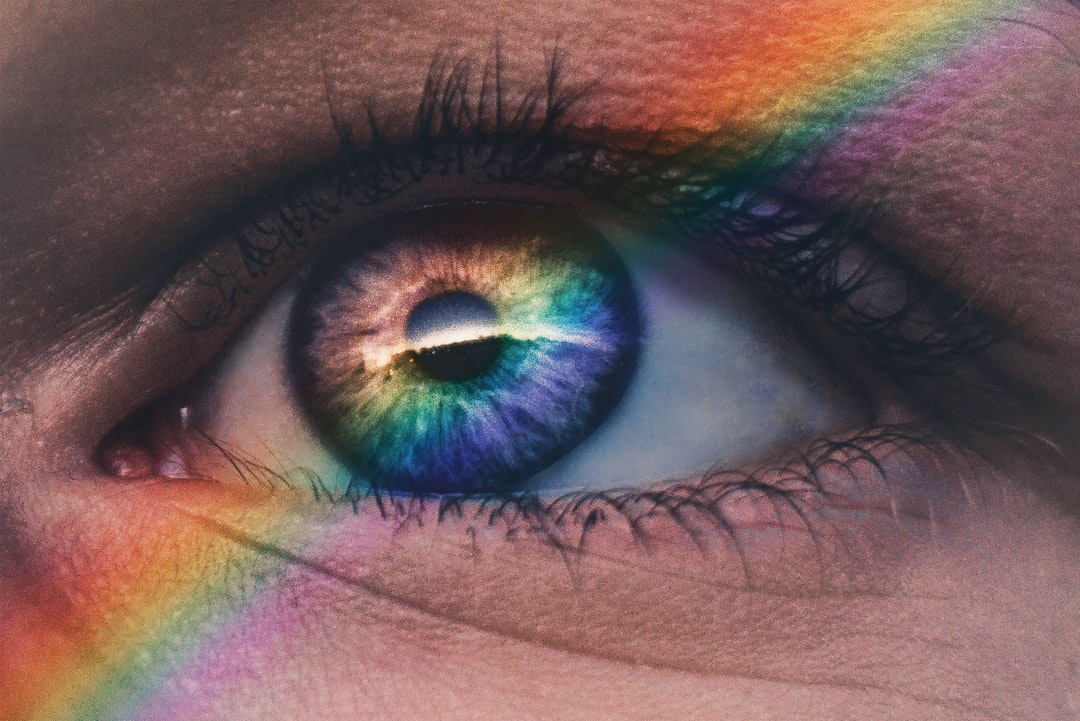What is it about?
Young people broadly defined as "at-risk" who were unable to attend mainstream school participated in equine-assisted activities. Observations by facilitators, researchers, and a school teacher, and interviews with a school teacher described the positive psychosocial outcomes of this program on the young people. Young people benefited from positive engagement, social connectedness, and increased confidence, relationships, and attachment. The mechanisms driving these changes were identified as a desire and an ability to connect with the horse, and a positive environment. The social context of the equine program contrasts with other contexts in these young people’s lives, which allowed them to engage through more positive relational, affectionate behaviour. For the boys, positive rather than damaging masculine behaviour was displayed.
Featured Image

Photo by Lucia Macedo on Unsplash
Why is it important?
Mainstream schooling and its approaches to disengagement or misbehaviour does not work for all young people who struggle at school. Traditional, sometimes punitive approaches such as suspension and expulsion are not effective. Alternative approaches to re-engagement have been suggested. Horse-human interactions may be an effective way to promote positive change in students psychosocial wellbeing and promote positive behaviour that can start a re-engagement process.
Perspectives
This study shows that changing the environment a young person is in can have immediate and important effects on their behaviour. It takes the responsibility away from the child, who may experience traumatic or unsupportive environments at home or school, and places it on the environment they are exposed to. It also explores how relationships with horses can provide a positive connection for young people who, through previous experiences, may struggle to create positive connections with peers and adults in their life.
Michael Norwood
Griffith University
Read the Original
This page is a summary of: Engaging Disenfranchised Youth through an Equine Assisted Activities Program: Understanding Psychosocial Benefits of Horse-Human Interactions, Society and Animals, February 2020, Brill,
DOI: 10.1163/15685306-00001835.
You can read the full text:
Contributors
The following have contributed to this page










